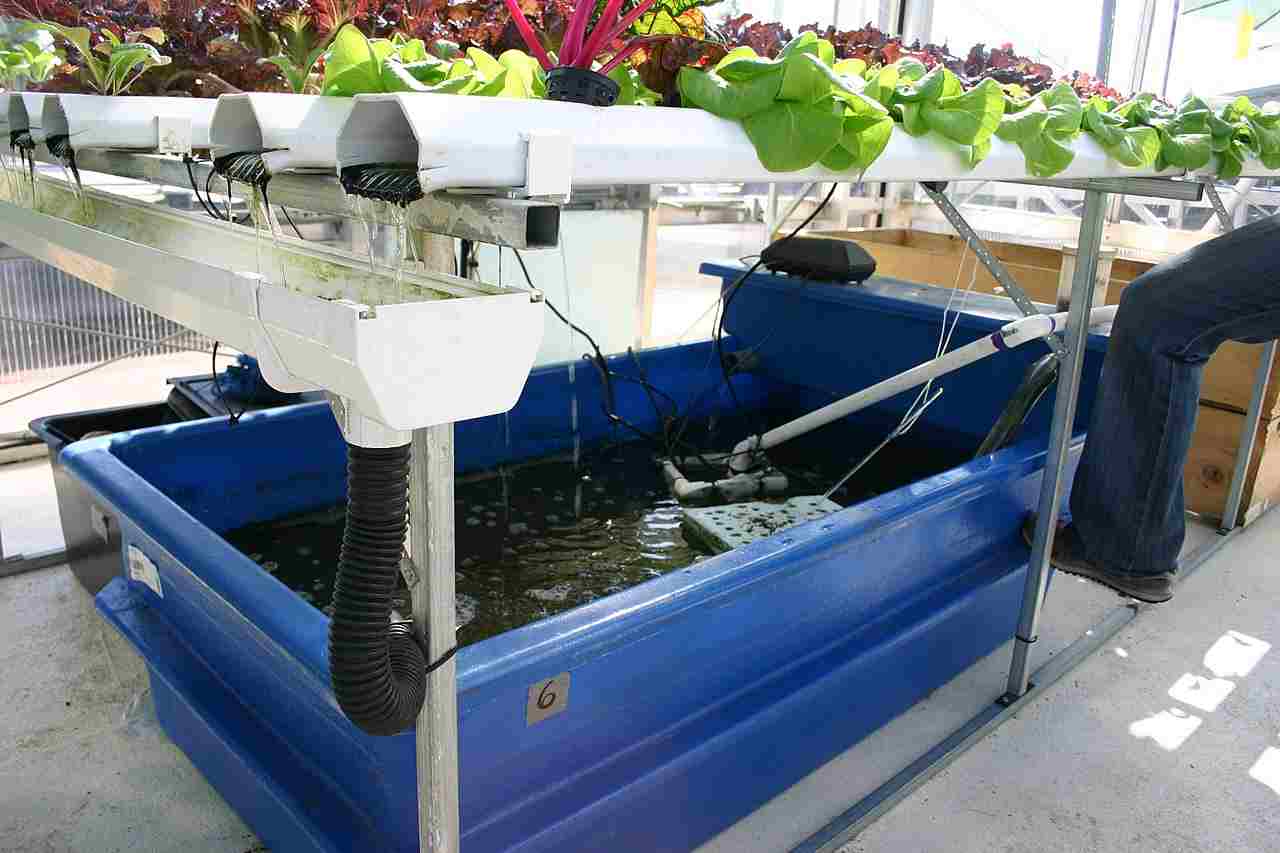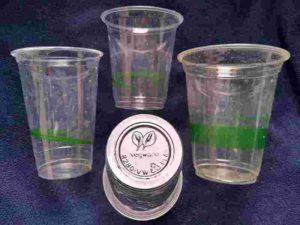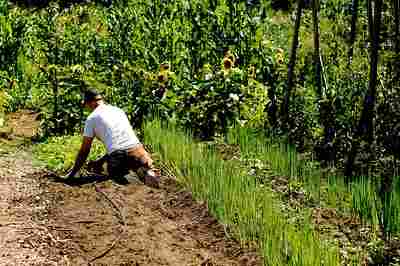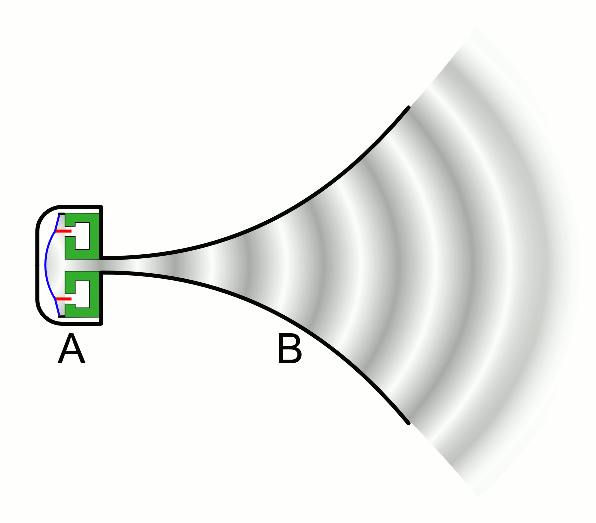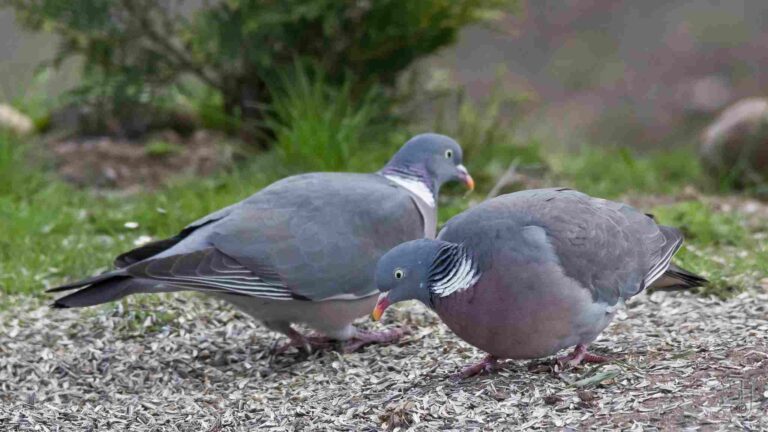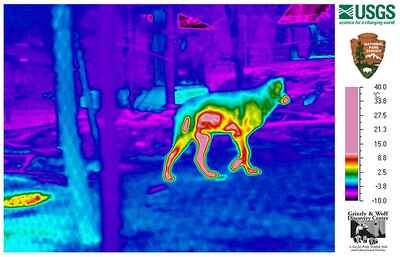9 Importance of Water Conservation Explained
Importance of water conservation include; cost saving, energy conservation, drought mitigation, conflict prevention, food production, ecosystem protection, sustainable development, sustainability, public health and safety, and waste management.
This article discusses the importance of water conservation, as follows;
1). Cost Saving (as an Importance of Water Conservation)
Cost-saving is one the most prominent areas of importance of water conservation [2].
There are various ways in which water conservation saves cost. An obvious example is by reducing the amount of energy consumed by water supply systems.
Because the supply of water in urban and semi-urban areas comes at a cost, it is important to practice water conservation in these areas.
Sustainable water management practices can also save cost on environmental remediation. This is because, when water is conserved effectively, contamination and pollution are mitigated.
The cost of healthcare in relation to water-borne diseases is also reduced when water conservation is effectively practiced. This includes diseases gotten from water through physical contact and ingestion.
Conserving water resources also saves cost that could be spent on rehabilitation and relief programs. Such programs include drought reversal, food provision, soil conservation, and healthcare provision for populations affected by water scarcity and food insecurity.
Lastly, water conservation saves cost on water supply facilities. This may be in terms of facility development, construction, maintenance and rehabilitation. When we reduce water supply volume, potential wastage, and rate of pollution through conservative practices, these costs are saved.
2). Energy Conservation and Efficiency
Water conservation leads to energy conservation.
There are multiple reasons behind this.
In a manmade setting, water supply systems are driven by energy; which may be from fossil fuels, nuclear energy, or renewable energy sources like solar, geothermal, wind, wave power, and hydropower [12].
What this means is that the amount of water that is used on a timely basis, determines the amount and rate of energy consumption.
In cases where there is excessive consumption and wastage of water resources, energy consumption and wastage become excessive as well. This leads to low energy efficiency.
On the other hand, when water conservation is practiced, energy is conserved. This includes energy that is used to pump and transport water, energy used for water purification (filtration, reverse osmosis) and supply of distilled water, energy used to operate cogeneration systems for water heating and cooling, as well as energy used in water remediation projects.
In a natural setting, water conservation also leads to energy conservation.
When the supply of water in an ecosystem is sustainable, natural processes like respiration, feeding, growth and biodegradation, as well as natural geochemical cycles, will operate efficiently. As a result, the ecologic energy pyramid will also work efficiently to transfer biochemical energy in the form of biomass, from one trophic level to another.
3). Drought Mitigation (as an Importance of Water Conservation)
Water conservation reduces the risk, as well as the effects, of drought [10]. The same applies to all forms of water shortage.
The role of water conservation in mitigating drought risk and its associated natural hazards, is most obvious in areas that are prone to desertification.
In such areas, it is necessary to conserve water resources if drought is to be avoided.
There are various ways in which water can be conserved in drought-prone areas. One of them is sustainable farming.
By implementing the practices of sustainable agriculture, such as cover cropping, crop rotation, no till farming, hydroponics, biodynamic farming and contour farming, soil moisture can be conserved, enabling plants to grow, and preventing drought. Principles of sustainable agriculture such as organic methods of climate change reversal, can help to gradually rehabilitate areas that have been affected by drought.
These practices and principles all involve conservation of water resources and prevention of wastage.
Mitigating pollution of available water reserves through careful and effective management can also prevent complete loss of these resources.
Lastly, drought can be prevented when water is supplied and consumed in a sustainable manner. This includes optimal approaches to irrigation, industrial and domestic use of water, so as not to exceed the limits of availability.

4). Conflict Prevention
Water conservation can be effective to prevent or resolve social conflict [3].
This is because of important role of water resources in various sectors of the society.
For example, uneven distribution of water can lead to hunger, health hazards, political instability, malnutrition, and economic recession [7]. These circumstances are all possible causes of conflict.
Water conservation can also help to resolve conflicts caused by the lack or poor distribution of water.
In areas where such conflicts occur, the act of conserving water can lead to sustainable supply, efficient use, and proper distribution. When these are achieved, water conflict is likely to be resolved.
5). Food Production (as an Importance of Water Conservation)
Problems like food insecurity and world hunger indicate inadequacy of food production, or wastage of food supplies.
In the case of inadequate food production, one of the possible causes of this is scarcity or mismanagement of water resources.
Hazards caused by water, including flooding and drought, can affect agricultural food production [5].
Through water conservation, sustainable irrigation systems can be utilized. An example of these is the drip irrigation system [13], which achieves larger areal coverage of land with smaller volumes of water.
In the food processing sector, water conservation helps to improve the quality of food by mitigating water pollution [6].
Lastly, water conservation is an essential aspect of sustainable farming, and often goes together with soil conservation. The inclusion of water conservation in agriculture leads to higher productivity, and higher quality of food products.

6). Ecosystem Protection
Water is a very essential component of all types of ecosystems, including oceans, rivers, forests, grasslands, deserts and the tundra.
This is because of the role of water in the environment in terms of weather and climate, geochemical cycles, and biological processes.
Conserving water is a way to preserve the environment. One of the reasons for this is that water conservation reduces the risk of pollution [8].
Water commonly serves as a medium for the transport of pollutants [4]. An example of this is the process of stormwater pollution, which leads to the spread of pollutants in the environment.
When water conservation is practiced, it prevents and reverses these effects of pollution, and thereby protects the ecosystem.
Water conservation also protects the ecosystem by ensuring that sufficient water supply is available. In both natural habitats and urban ecosystems, sustainable water supply is essential for the survival of life and the health of the environment.
7). Sustainable Development (as an Importance of Water Conservation)
Water conservation is an important aspect of sustainable development, because a sustainable supply of water benefits the environment, economy and society.
In terms of environmental benefits, conservation of water resources improves the quality, safety and productivity of the environment, by preventing wastage, poor distribution, and pollution.
Economically, water conservation reduces the cost of commerce, industrial and agricultural production, as well as the cost of domestic water usage [1].
Socially, water conservation is beneficial because it prevents conflicts, mitigates hunger and food insecurity, and improves public health.
8). Public Health and Safety
An appropriate approach to water conservation is useful to preserve and improve public health and safety [14].
The most obvious way that this occurs is through the control or prevention of pollution.
When water supplies are safe and unpolluted, the risk of water borne diseases reduces significantly [9]. This means that public health will be improved. It also means that costs will be saved on healthcare, so that these resources can be invested into other essential needs and can be used to develop the society.
Water conservation improves public health and safety by reducing environmental degradation, improving food quality and accessibility, and reversing unfavorable climatic conditions.
Lastly, water conservation can be practiced in healthcare facilities, to reduce the cost of energy and water supply. The cost saved by this practice, can then be used to provide equipment and materials to improve healthcare services.
9). Waste Management (as an Importance of Water Conservation)
Water conservation is essential for waste management.
One of the reasons for this is that water is a major component of environmental remediation, waste treatment, and sanitation.
Waste-to-energy methods such as anaerobic digestion and environmental cleanup methods like bioremediation, are affected by water in various ways. As a result, when water resources are conserved, these methods become more efficient.
Water conservation includes ensuring that waste materials are not disposed into water bodies or water channels. Preventing disposal of waste in water systems, reduces the complexity, risk and cost involved in waste management.
Conclusion
The importance of water conservation include;
- Cost Saving
- Energy Conservation and Efficiency
- Drought Mitigation
- Conflict Prevention
- Food Production
- Ecosystem Protection
- Sustainable Development
- Public Health and Safety
- Waste Management
References
1). Bantider, A.; Haileslassie, A.; Alamirew, T.; Zeleke, G. (2021). “Soil and Water Conservation and Sustainable Development.” Clean Water and Sanitation (pp.1-13). Available at: https://doi.org/10.1007/978-3-319-70061-8_138-1. (Accessed 1 August 2022).
2). Blanco-Gutiérrez, I.; Varela-Ortega, C.; Flichman, G. (2008). “Cost-Effectiveness of Water Conservation Measures: A Multilevel Analysis with Policy Implications.” Available at: https://www.researchgate.net/publication/254386827_Cost-Effectiveness_of_Water_Conservation_Measures_A_Multilevel_Analysis_with_Policy_Implications. (Accessed 1 August 2022).
3). Gyamfi, C.; Diabene, P. Y.; Odai, S. N.; Anornu, G. K.; Annor, F. (2013). “Conflict prevention and resolution mechanisms in water resources management: A perspective from the Black Volta Basin -Ghana.” Available at: https://www.researchgate.net/publication/279512382_Conflict_prevention_and_resolution_mechanisms_in_water_resources_management_A_perspective_from_the_Black_Volta_Basin_-Ghana. (Accessed 1 August 2022).
4). Ibrahim, S. (2013). “Water Pollution: Pollutant Transport Mechanisms.” Available at: https://doi.org/10.13140/RG.2.2.20405.06883. (Accessed 1 August 2022).
5). Kannan, N.; Anandhi, A. (2020). “Water Management for Sustainable Food Production.” Water 12(3):778. Available at: https://doi.org/10.3390/w12030778. (Accessed 1 August 2022).
6). Kirby, R.; Bartram, J.; Carr, R. (2003). “Water in food production and processing: Quantity and quality concerns.” Food Control 14(5):283-299. Available at: https://doi.org/10.1016/S0956-7135(02)00090-7. (Accessed 1 August 2022).
7). Levy, B.; Sidel, V. (2011). “Water Rights and Water Fights: Preventing and Resolving Conflicts Before They Boil Over.” American Journal of Public Health 101(5):778-80. Available at: https://doi.org/10.2105/AJPH.2010.194670. (Accessed 1 August 2022).
8). Mukherjee, S. K.; Mukherjee, S. (2019). “Water Conservation and Checking Water Pollution -Urgent Needs of the Day.” Available at: https://www.researchgate.net/publication/338084044_Water_Conservation_and_Checking_Water_Pollution_-Urgent_Needs_of_the_Day. (Accessed 1 August 2022).
9). Nwabor, O. F.; Nnamonu, E.; Martins, P.; Christiana, A. (2016). “Water and Waterborne Diseases: A Review.” International Journal of TROPICAL DISEASE & Health 12(4):1-14. Available at: https://doi.org/10.9734/IJTDH/2016/21895. (Accessed 1 August 2022).
10). Pereira, L. S. (2007). “Drought Impacts in Agriculture: Water Conservation and Water Saving Practices and Management.” Methods and Tools for Drought Analysis and Management (pp.349-373). Available at: https://doi.org/10.1007/978-1-4020-5924-7_17. (Accessed 1 August 2022).
11). Ramaswamy, M.; Al-Saadi, S. N. J. (2019). “Energy and water conservation measures for sustainable buildings in Oman.” 18th European Conference The Latest Technology in Refrigeration and Air Conditioning, Milan, Italy. Available at: https://www.researchgate.net/publication/339433819_Energy_and_water_conservation_measures_for_sustainable_buildings_in_Oman. (Accessed 1 August 2022).
12). Ramos, H. M.; Vieira, F.; Covas, D. I. C. (2010). “Energy efficiency in a water supply system: Energy consumption and CO2 emission.” Water Science and Engineering 3(3):331-340. Avaiable at: https://doi.org/10.3882/j.issn.1674-2370.2010.03.009. (Accessed 1 August 2022).
13). Shareef, T. M. E.; Ma, Z. (2019). “Essentials of Drip Irrigation System for Saving Water and Nutrients to Plant Roots: As a Guide for Growers.” Journal of Water Resource and Protection 11(09):1129-1145. Available at: https://doi.org/10.4236/jwarp.2019.119066. (Accessed 1 August 2022).
14). Tharakan, J. P. (2006). “Appropriate Technologies for Water Use and Conservation in Public Health.” Available at: https://www.researchgate.net/publication/228833961_Appropriate_Technologies_for_Water_Use_and_Conservation_in_Public_Health. (Accessed 1 August 2022).




